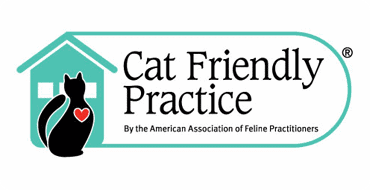Forrest is a 3 ½ year old Austrian Cattle dog. He came to Rock Bridge Animal Hospital

Since his anxiety levels were so high, we sent Forrest home with some Trazodone 

By using a slow considerate approach and rewarding with treats, we are teaching 
Written by Taylor T.


